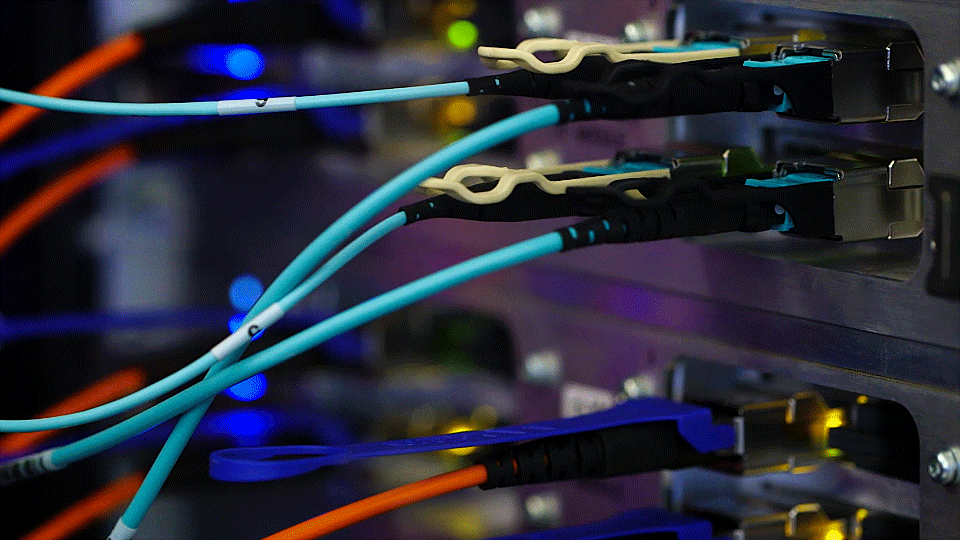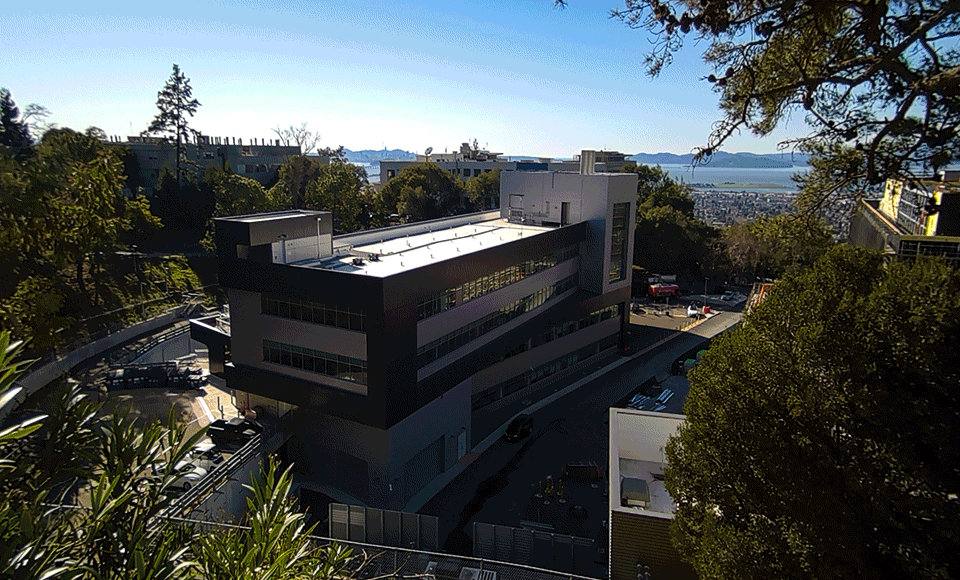
The Integrative Genomics Building (IGB) seen above is home to the DOE Joint Genome Institute (JGI). Researchers from the DOE Systems Biology Knowledgebase (KBase), the National Microbiome Data Collaborative (NMDC), and Berkeley Lab Biosciences Area are also co-located in the IGB.
Vision
The vision of the U.S. Department of Energy (DOE) Joint Genome Institute (JGI), a DOE Office of Science user facility at Lawrence Berkeley National Laboratory (Berkeley Lab), is to become the leading integrative genome science user facility enabling researchers to solve the world’s evolving energy and environmental challenges.
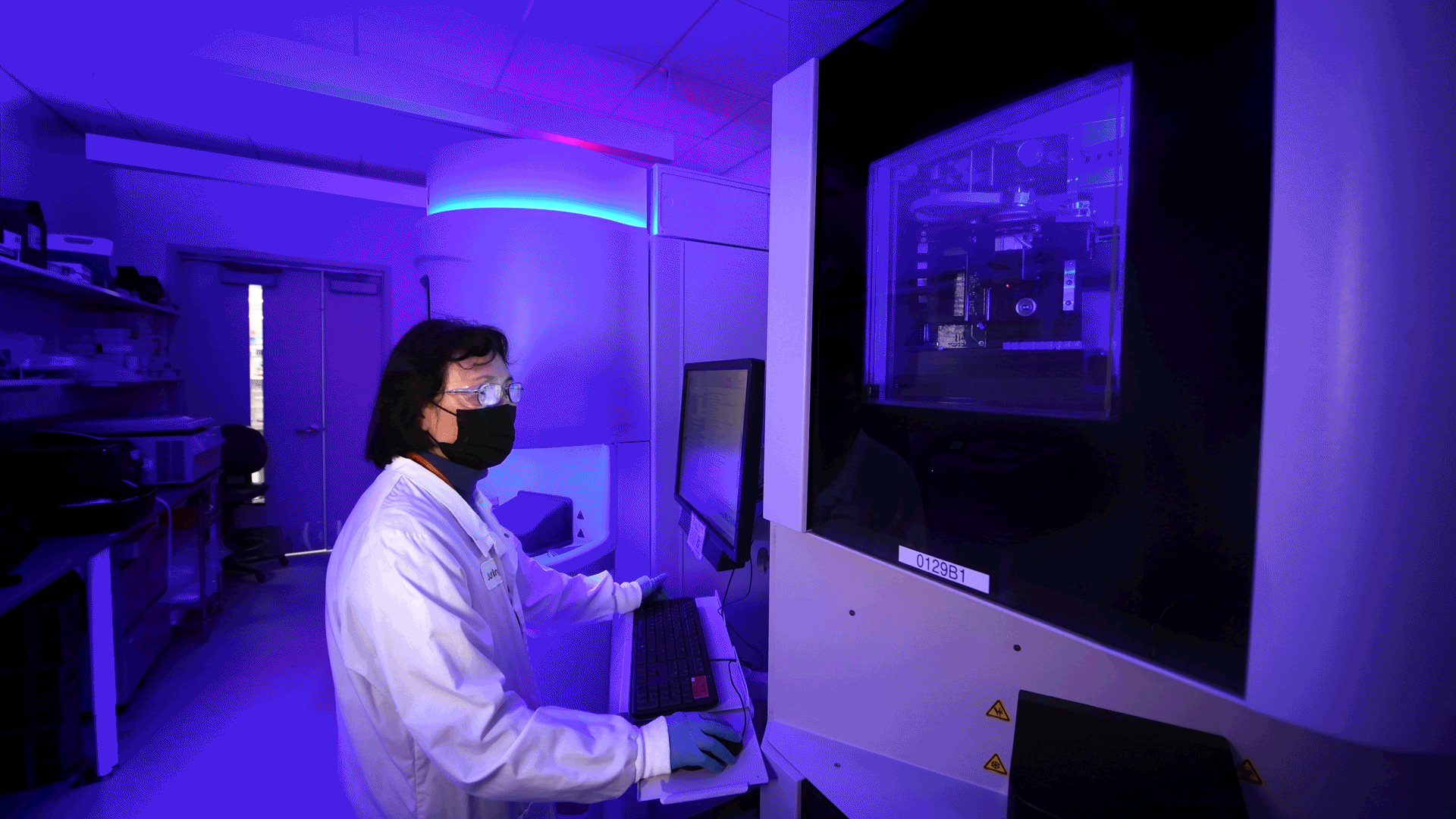
Juying Yan, JGI Principal Research Associate, operates the Sample Access Manager (SAM) from Hamilton Storage, which stores samples in plates and tubes at -80°C.
Mission
The mission of the JGI is to provide the global research community with access to the most advanced integrative genome science capabilities in support of the DOE’s research mission.
Director’s Perspective
Nigel Mouncey, Director, DOE Joint Genome Institute
In honor of the JGI’s 25th anniversary, we spent 2022 revisiting a number of notable achievements that showcase our collaborations and capabilities to enable great science that will help solve energy and environmental challenges. Click here to learn more.
Honors & Awards
In 2022, several researchers and staff supporting the JGI user community were recognized by multiple organizations.
Science Highlights
Below are briefs on some of the top research to come out of the JGI in 2022.

Danielle Goudeau, JGI Senior Scientific Engineering Associate, works at the Zeiss PALM LMD microscope, a laser microdissection scope, which targets tissues from plants that are selected under the microscope before a laser cuts the sample and catapults them into collection tubes.
 |
A Plant Root Atlas for Tracking Developmental Trajectories
Researchers have developed an atlas that maps gene expression patterns in the Arabidopsis root from single root cell profiles. |
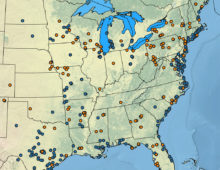 |
Calculating the Costs of Multiple Switchgrass Gene Copies
In a guest piece on a recent PNAS article, researchers describe the costs associated with switchgrass adaptations to expand its habitat range. |
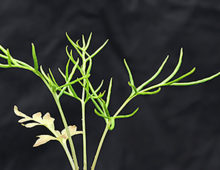 |
Model Fern Reveals Insight into DNA Thievery in Ferns
The Open Green Genome Initiative hit a major milestone when Ceratopteris richardii became its first genome sequence to yield a published manuscript. |
 |
Fungal Friends or Foes in Plant Roots
Fungi colonizing Arabidopsis thaliana roots have gene families that help determine if these fungi act as friends or foes. |
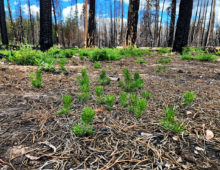 |
Understanding Wildfire Recovery, Starting in Soil
A metagenomic look at the soil microbes present a year after a wildfire. |
 |
Polar Phytoplankton Need Zinc to Cope with the Cold
Antarctic waters harbor higher levels of the nutrient zinc, and phytoplankton have evolved to rely on it. |
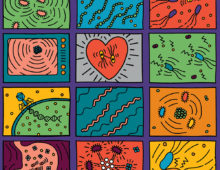 |
Enlarging Windows into Understanding Gene Functions
In a Nature Methods article, JGI researchers developed two approaches that build upon DAP-seq technology. |
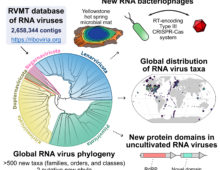 |
A Better Way to Find RNA Virus Needles in the Proverbial Database Haystacks
In Cell, a computational pipeline combed through public metatranscriptome datasets, uncovering a five-fold increase of RNA virus diversity. |
 |
A New Actinobacterial Chapter in the Genomic Encyclopedia of Bacteria and Archaea
The latest chapter of the GEBA compendium includes new Actino genome sequences and an analysis of more than 80,000 BGCs. |
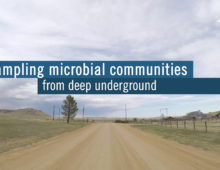 |
Digging into Microbial Ecosystems Deep Underground
Microbiome researchers at Colorado State University are studying microbial ecosystems deep underground. |
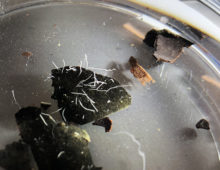 |
Giant Bacteria Found in Guadeloupe Mangroves Challenge Traditional Concepts
In Science, researchers describe the features of a giant filamentous bacterium composed of a single cell. |
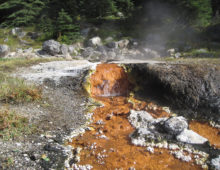 |
The Power of One, Amplified
Researchers showed that large-scale single cell genomics can add significant value when used in complementarity with metagenomic sequencing. |
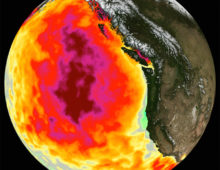 |
When “The Blob” Made It Hotter Under the Water
With genomic samples, researchers developed a preliminary model of how marine microbial communities are affected by warming events. |
 |
Marine Microbe Contains Multitudes
A deep dive into microbial genomics reveals one bacterial species is made of four ecologically distinct groups with different lifestyles. |
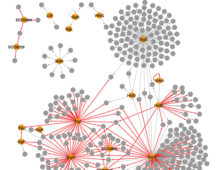 |
Streamlining Regulon Identification in Bacteria
Using RIViT-seq technology, researchers were able to identify the target genes of transcription factors in Streptomyces coelicolor. |
 |
Extracting the Secrets of Secondary Metabolites
Microbial secondary metabolites may now be easier to characterize following a JGI proof-of-concept study in which researchers paired CRAGE and CRISPR technologies. |
Impact: By the Numbers

Matthew Hamilton, JGI Senior Research Associate, operates the Automated Resource Enabling Synthesis (ARES) platform, which integrates a Hamilton Vantage Liquid Handling System 2.0m platform via a PAA KX-2 robotic arm with off-deck components.
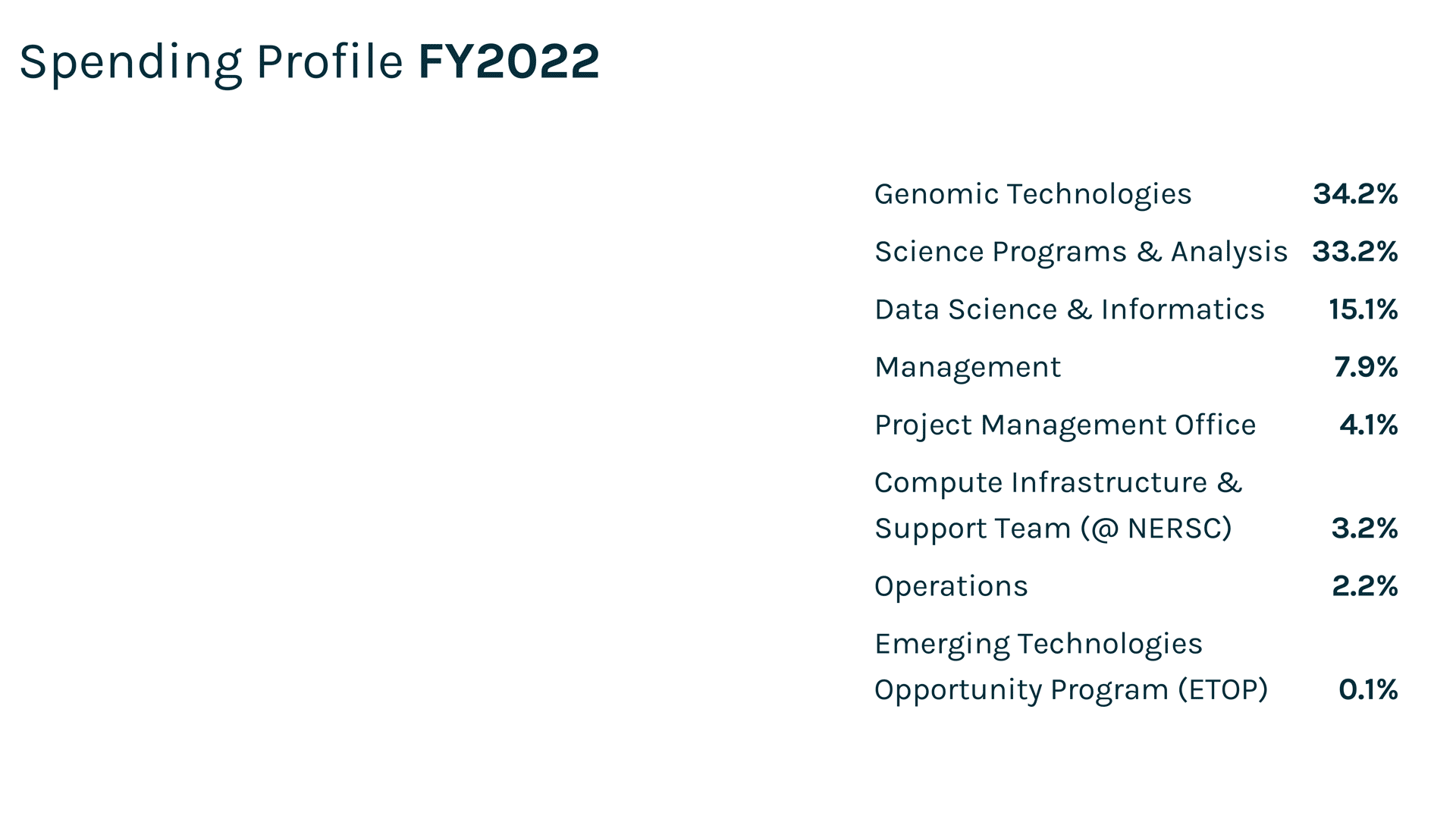
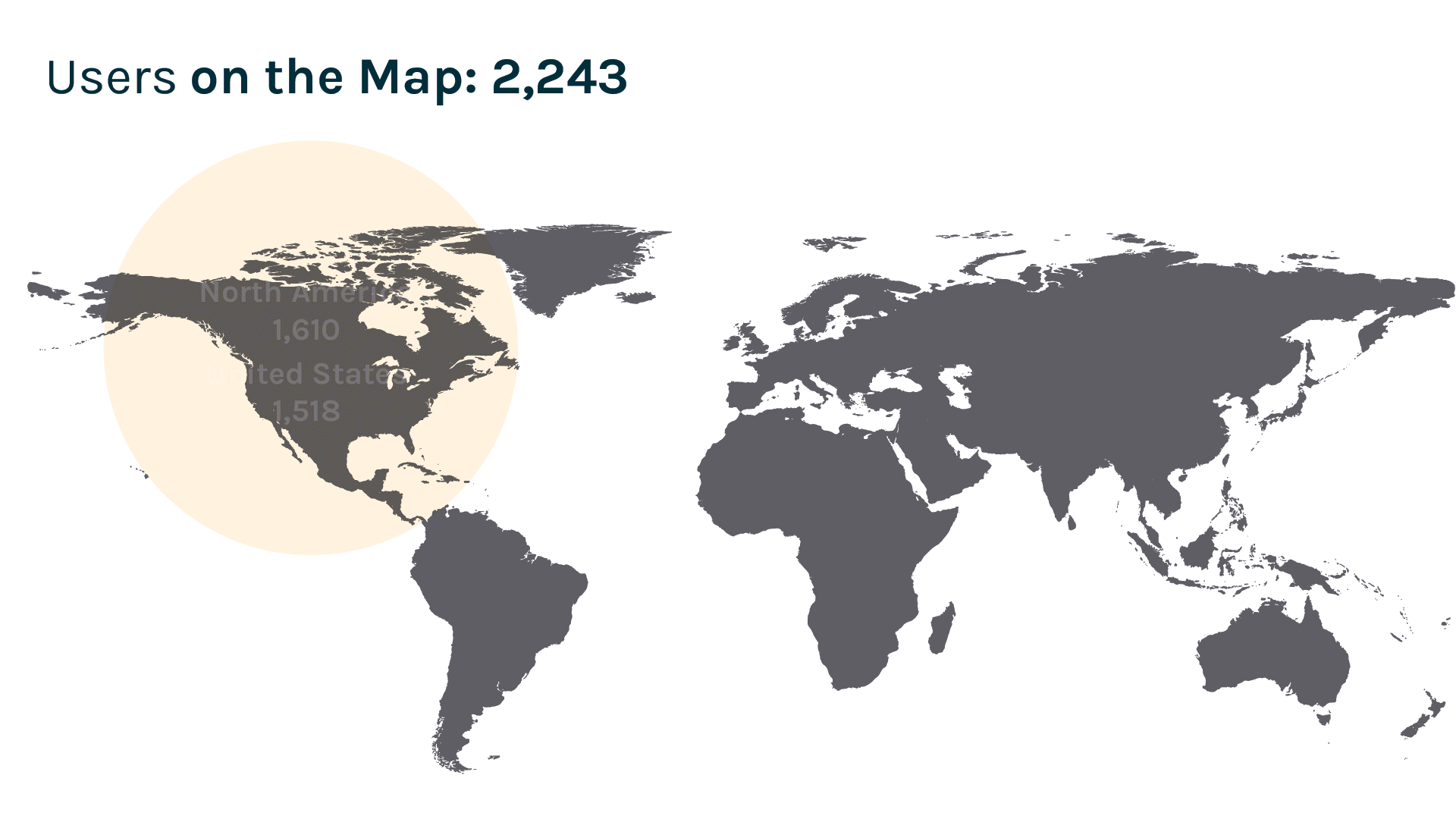
| North America | 1,610 | Denmark | 16 | Slovenia | 2 | Malaysia | 1 |
| United States | 1,518 | Estonia | 2 | Spain | 40 | Singapore | 3 |
| Canada | 85 | Finland | 13 | Sweden | 17 | SouthKorea | 6 |
| Mexico | 7 | France | 55 | Switzerland | 12 | Taiwan | 4 |
| Germany | 89 | Turkey | 1 | ||||
| South America | 27 | Greece | 4 | United Kingdom | 59 | Australia & New Zealand | 67 |
| Argentina | 1 | Hungary | 11 | Australia | 52 | ||
| Brazil | 20 | Iceland | 1 | Africa | 13 | New Zealand | 15 |
| Chile | 1 | Ireland | 4 | Morocco | 1 | ||
| Colombia | 1 | Italy | 24 | South Africa | 12 | ||
| Uruguay | 4 | Netherlands | 29 | ||||
| Norway | 18 | Asia | 80 | ||||
| Europe | 446 | Poland | 2 | China | 21 | ||
| Austria | 10 | Portugal | 7 | India | 10 | ||
| Belgium | 16 | Russian Federation | 5 | Israel | 11 | ||
| Czech Republic | 7 | Serbia | 2 | Japan | 24 |
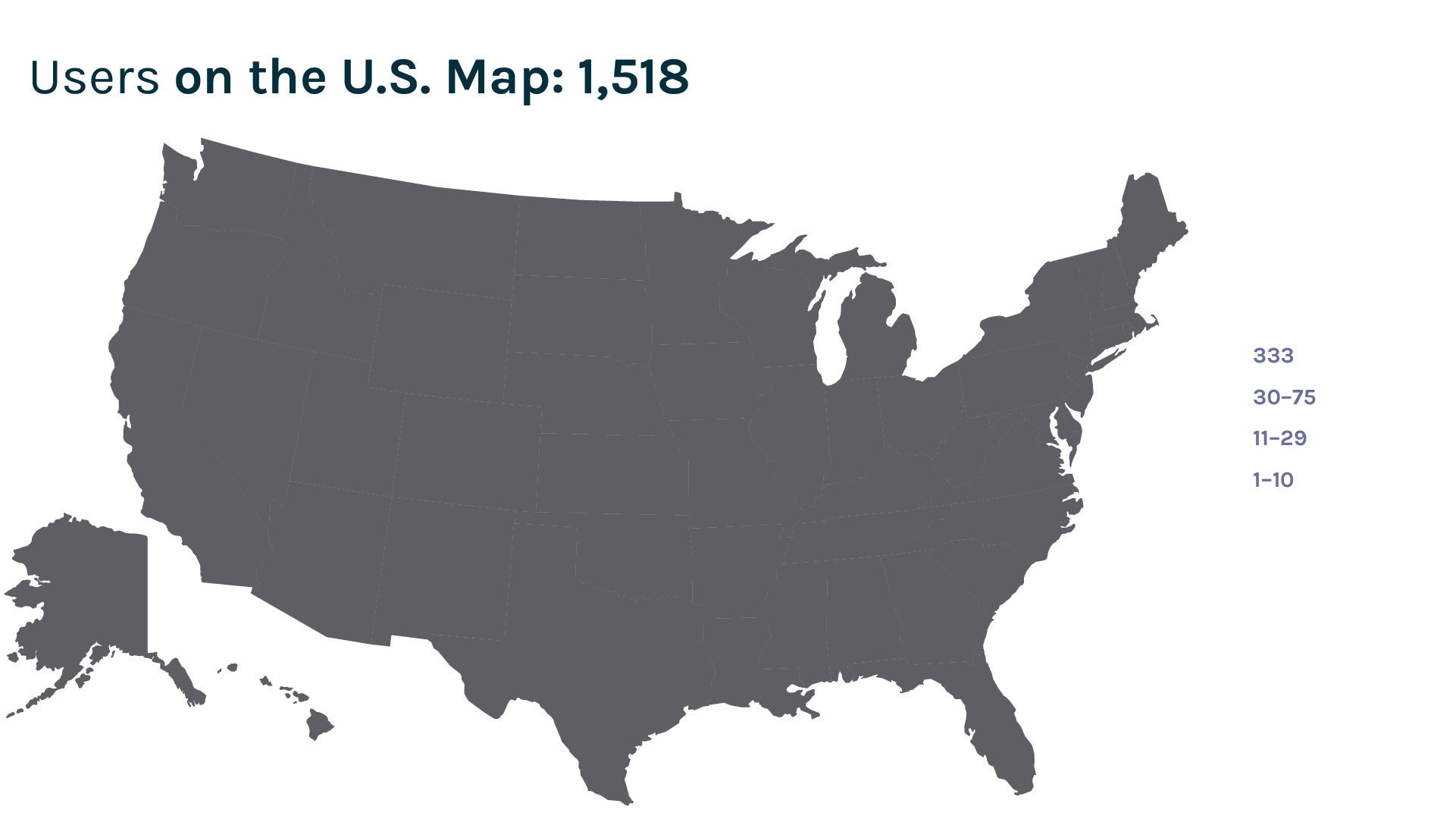
Cumulative Number of Projects Completed |
Cumulative Number of Scientific Publications |
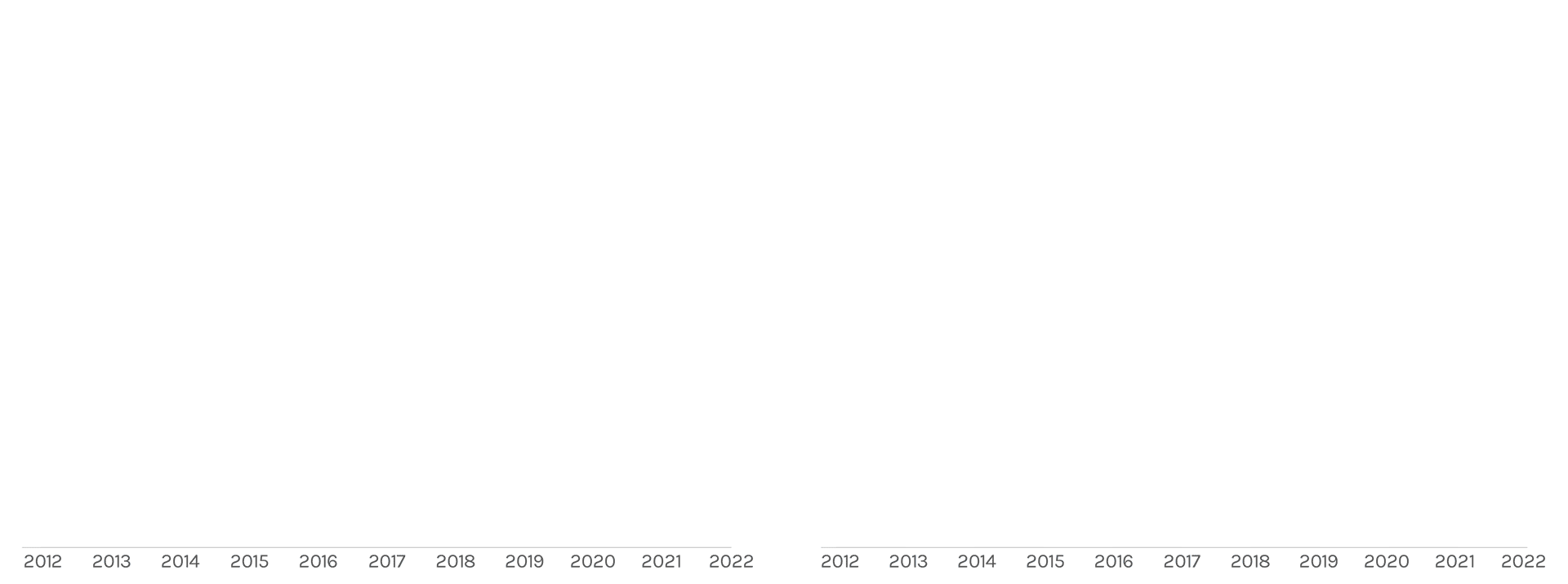 |
|
Sequence Output
(in billions of bases or GB)
The JGI supports short- and long-read sequencers, where a read refers to a sequence of DNA bases. Short-read sequencers produce billions of paired-end 150 basepair reads used for quantification, such as in gene expression analysis. Long-read sequencers currently average 60,000–70,000 bp reads and are used for de novo genome assembly. Combined short-read and long-read totals per year give JGI’s annual sequence output. The total sequence output in 2022 was 658,195 GB.
Sequencing Productivity
Billions of Base Pairs
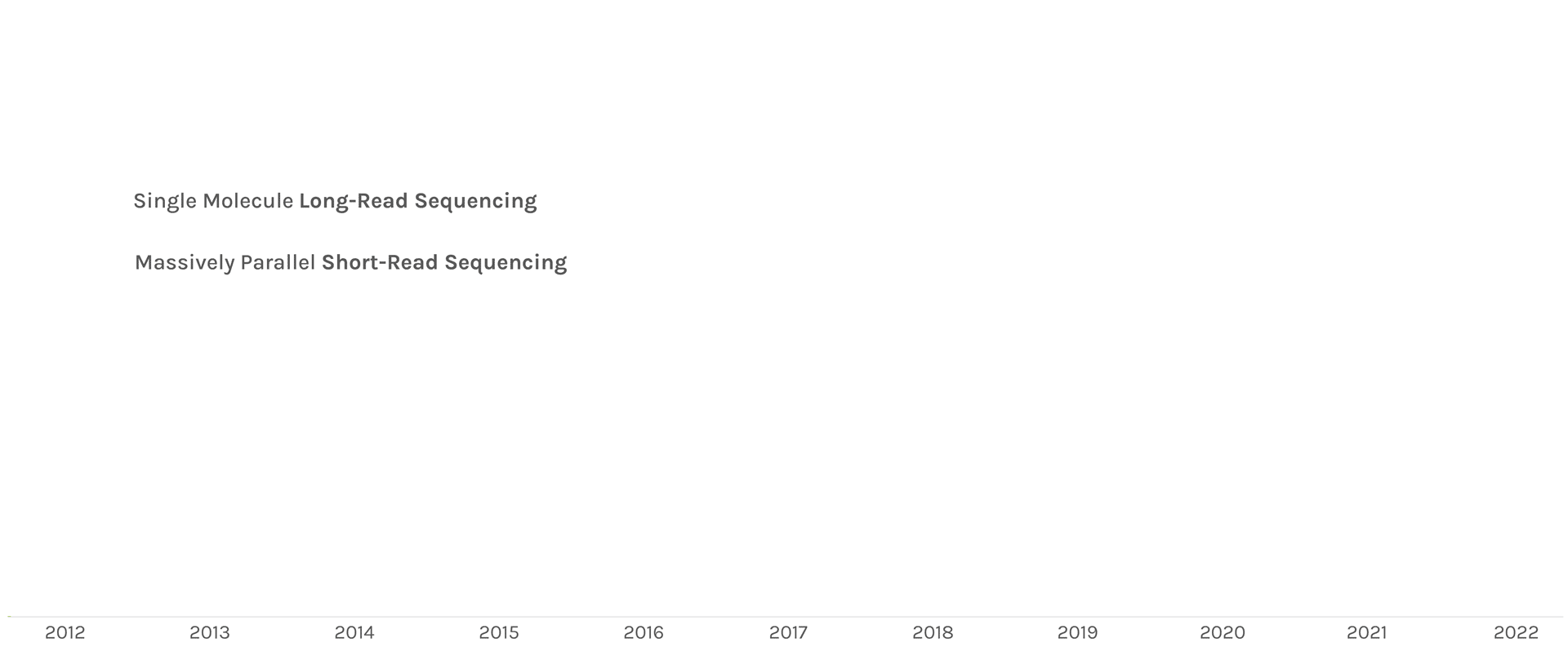
User Letters of Intent/Proposals Submitted & Approved
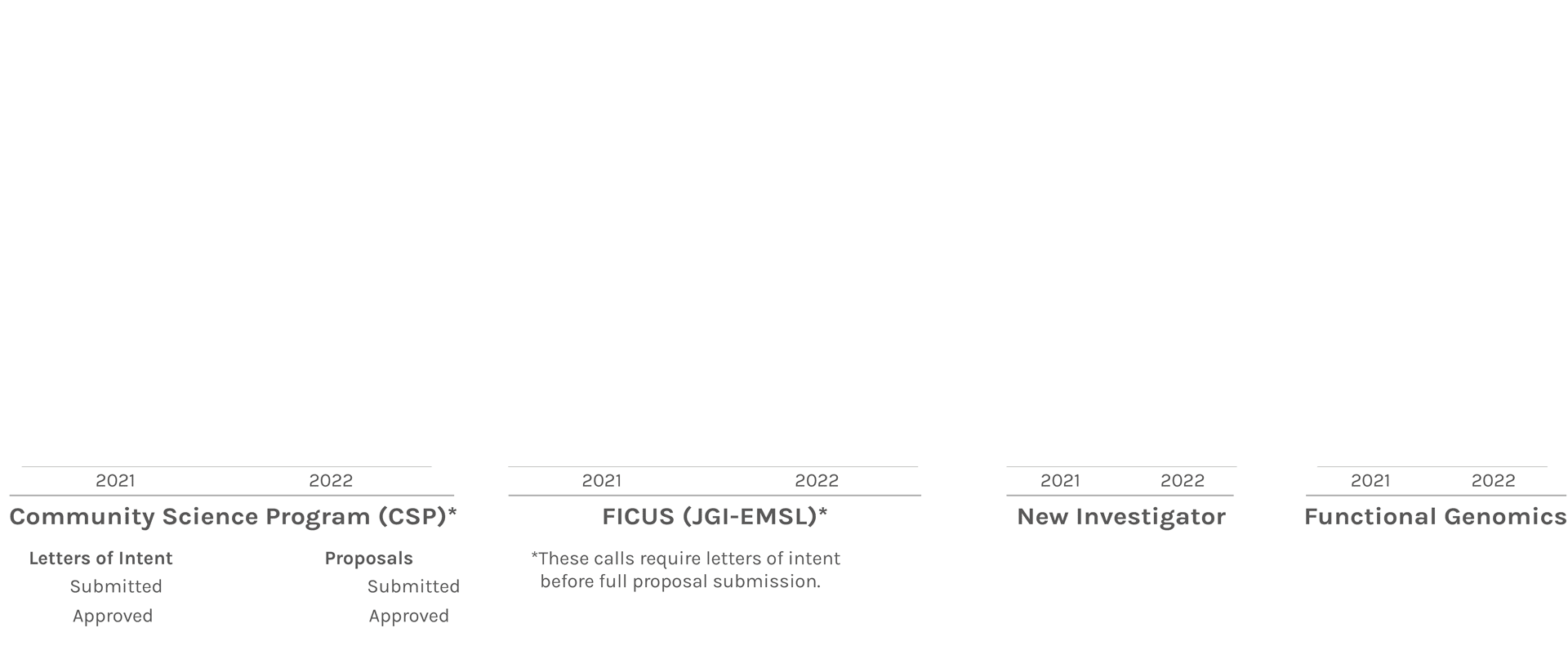
Computational Infrastructure
JGI Archive and Metadata Organizer (JAMO)12.819 million file records JAMO Archived Data Footprint13.937 Petabytes (PB) Data Downloads in FY22Genome Portal: 3.702 million files |
Users of JGI Tools & DataThe Genome Portal provides unified access to all JGI genomic databases and analytical tools. Users can search, download and explore data sets available for all JGI sequencing projects including their status, assemblies, and annotations of sequenced genomes. The Data Portal allows JGI users to more easily access public data sets through a common set of metadata across files submitted by each scientific program. FY2022 improvements to the Data Portal include improved data parity and new bulk download capabilities. The Genome Portal will be retired once the Data Portal reaches data- and feature-parity with its predecessor. |
Photography and cinemagraphs by Thor Swift, Berkeley Lab. Design by Creative Services, IT Division, Berkeley Lab.





